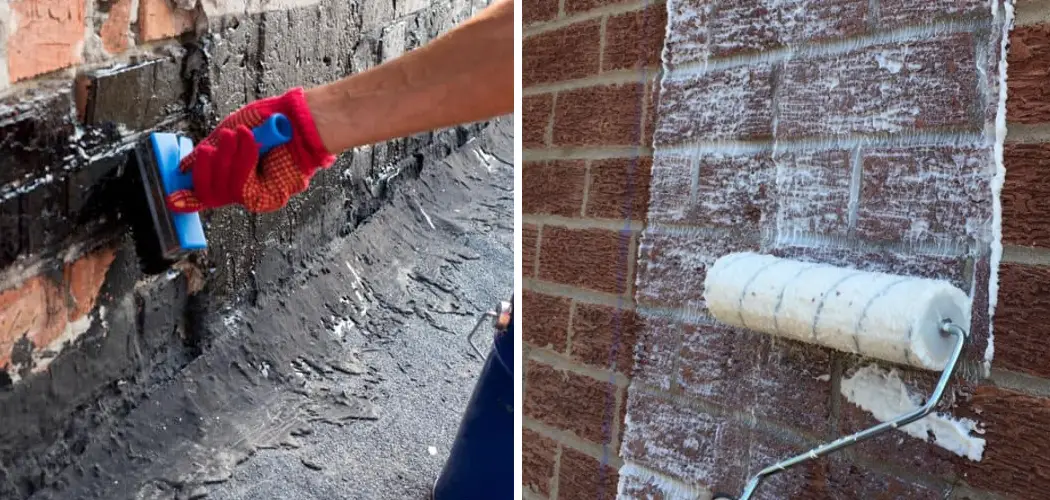Do you often find yourself looking at the outside of your building and wishing that it had better protection against rain, snow, and other elements?
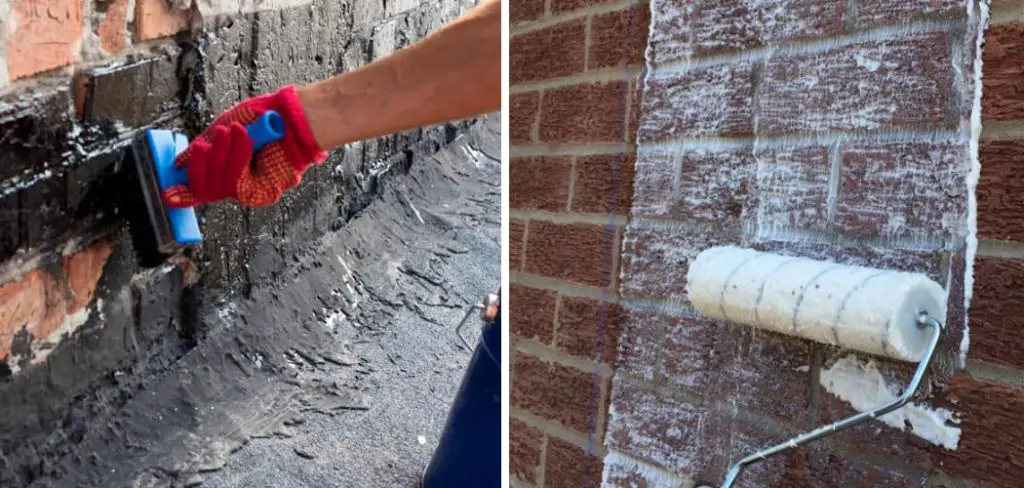
Then look no further: waterproofing your brick walls is an effective way to protect them from harsh weather conditions. In this blog post, we will discuss all the steps how to waterproof brick wall.
We’ll talk about the tools needed for the job, how to prepare the bricks before beginning the project, and some tips for a successful application so that you can ensure your wall’s longevity. Whether you’re a DIY professional or simply want extra security for an outdoor space – read on for more information!
What Do You Use to Waterproof a Brick Wall?
When waterproofing a brick wall, the most commonly used materials are sealants and coatings. Sealants are applied to the surface of the brick wall by brush or roller. They penetrate into small pores and cracks in the brick, forming a barrier that prevents moisture from entering. Coatings are also applied to the surface of the brick wall; however, they form a thick film that provides a more permanent waterproof barrier.
When choosing which material to use for waterproofing, it is important to consider the environment in which the brick wall is located and the amount of moisture present. For example, if the wall is exposed to large amounts of water or dampness from heavy rain or snow, thicker coatings are often recommended. If the wall is in a dry environment, sealants may be sufficient.
In addition to sealants and coatings, waterproof membranes can also be used for brick walls. These membranes are made of rubber or plastic and provide an extra layer of protection against water damage. The membrane should be applied over the sealant or coating and left to cure. This will help ensure that the waterproofing is effective and long-lasting.
When applied correctly, a combination of these materials will provide a strong, effective waterproof barrier for brick walls. This will protect the wall from water damage, ensuring its longevity and durability.
9 Methods How to Waterproof Brick Wall
1. Brick Sealer
Brick sealer is a clear or tinted waterproofing sealer that penetrates the pores of the brick to form an invisible barrier against water and moisture. This formula is generally easier to apply than paint, as well as much more effective in preserving the look of the brick. Additionally, it does not change the color of the brick and will not peel or flake, making it an ideal choice for long-term protection.
2. Silicone Caulk
Silicone caulk is a waterproof sealant that can be used to fill cracks and gaps in brick walls. Before applying, clean the surface with a damp cloth or sponge to remove any dirt and dust. Use a utility knife to scrape away any existing sealant. For larger cracks, use a caulk backer rod to fill the gap before applying the silicone caulk.
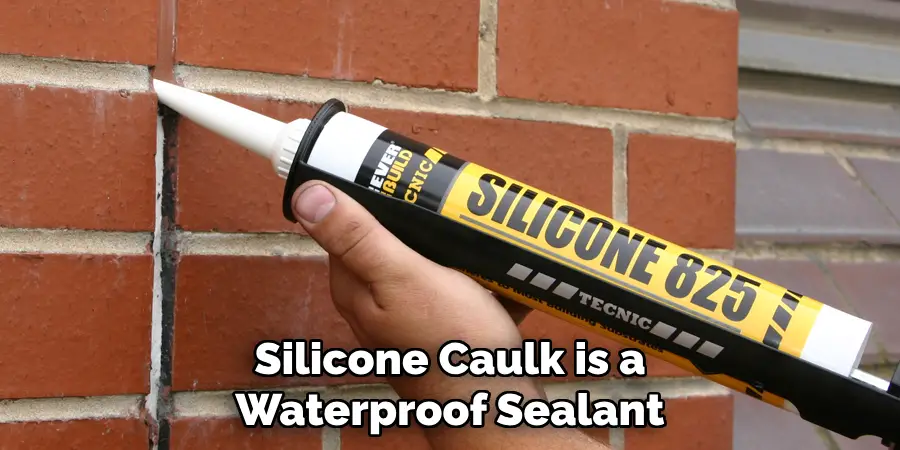
This will ensure that the seal is properly filled. Apply the caulk slowly and evenly with a caulking gun, pressing down firmly as you go. Make sure to smooth out the caulk and press it into the cracks. Allow the caulk to dry for at least 24 hours before exposing it to water or moisture.
3. Waterproof Paint
Waterproof paint is a type of paint that has been specifically formulated to resist water and moisture. This is the most common waterproofing solution, and it is relatively inexpensive and easy to apply. You can either choose a paint that has been designed specifically for brick walls, or you can use a product like waterproofing sealant.
It is important to apply the paint evenly and in layers, as this will help to ensure that the waterproof protection is effective. Be sure to allow each layer of paint to dry completely before applying the next one. Additionally, it’s a good idea to apply an extra layer of protective coating over the waterproof paint. This will help to create an even more effective barrier against water and moisture.
4. Water Repellent
Water repellents are liquids that are applied to the surface of brick walls to create a barrier against water and moisture. This is especially important for brick walls that are exposed to the elements, such as those on the outside of a building. When applied correctly, water repellents will help to reduce the amount of water that is able to penetrate the wall and cause damage.
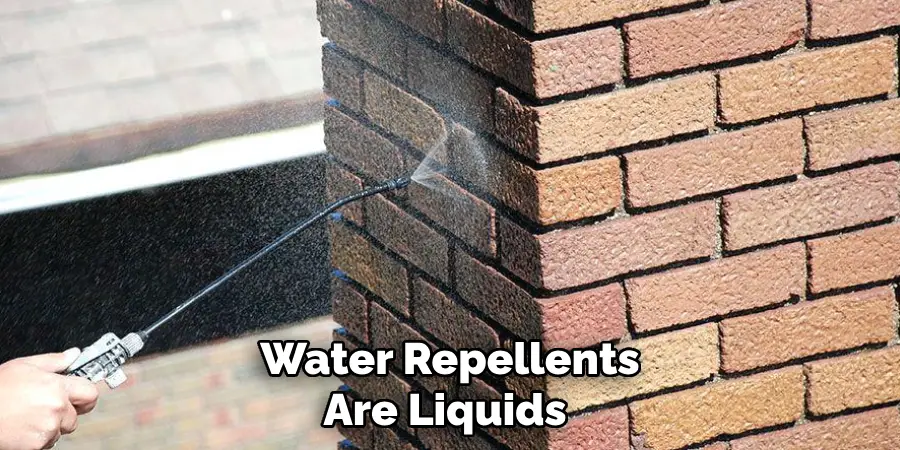
They also work to keep dirt and dust from accumulating on the wall, making it easier to clean. In order to be effective, water repellents should be applied every few years or when needed. Before applying the repellent, make sure to clean the brick wall and allow it to dry completely. Once applied, the repellent will need to be reapplied periodically.
5. Hydraulic Lime Mortar
Hydraulic lime mortar is a type of mortar that contains hydraulic lime, which is a type of lime that sets under wet conditions. Hydraulic lime mortar is typically used for repairing existing brick walls or for new construction.
It is excellent for waterproofing brick walls as it has a strong binding capacity and helps to keep moisture away from the wall. It is important to use a hydraulic lime mortar when waterproofing a brick wall, as this type of mortar will help to protect the structure from water damage.
Additionally, hydraulic lime mortar can also help to improve the overall strength of the wall and allow it to withstand harsh weather conditions.
6. Bituminous Coating
Bituminous coating is a black, tar-like substance that is applied to the surface of brick walls to create a waterproof barrier. This coating is often brushed or sprayed on, but it can also be applied with a roller.
It has the advantage of being able to penetrate into cracks and crevices, so it is ideal for walls that have a lot of texture. However, the bituminous coating tends to be quite toxic and can have a strong odor, so it is important to use caution when applying this product.
Additionally, it can be difficult to remove if necessary, so it is important to test a small area first before applying it to the entire wall. Once applied, the bituminous coating should be allowed to dry before adding a second coat. This process can be repeated several times until the desired waterproofing effect is achieved. In most cases, two to three coats are sufficient.
7. Polyurethane Coating
Polyurethane coating is a type of plastic that is applied to the surface of brick walls to create a waterproof barrier. This type of coating is highly durable and long-lasting, making it a great choice for waterproofing.
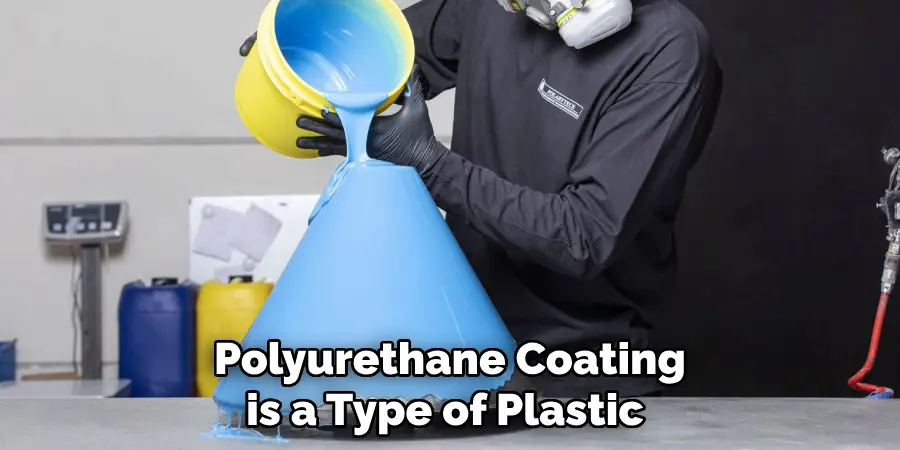
When applying the coating, you should always use a roller or brush that is specifically made for applying polyurethane. Make sure to spread the coating evenly on the wall and allow it to dry completely for the best results. After applying the coating, you can apply a sealant to further waterproof the brick wall.
8. Fluoropolymer Coating
Fluoropolymer coatings are types of plastics that contain fluorine atoms, which make them resistant to water and moisture. This type of coating is often used on brick walls to improve their waterproofness.
To apply the fluoropolymer coating, you must first clean and prepare the wall’s surface. After the surface is ready, a primer should be applied before the fluoropolymer coating to ensure better adhesion and durability.
Once the primer is dry, you can apply the fluoropolymer coating by either rolling it on or brushing it. Fully cure the coating before exposing it to the elements. Lastly, reapply the coating every few years to ensure maximum waterproofing protection for your brick wall.
9. Wax
Waxes are solid or semi-solid materials that can be applied to the surface of brick walls to create a waterproof barrier. Waxes can be found in a variety of forms, such as paste wax and liquid wax. They are easy to apply and provide an effective waterproof layer.
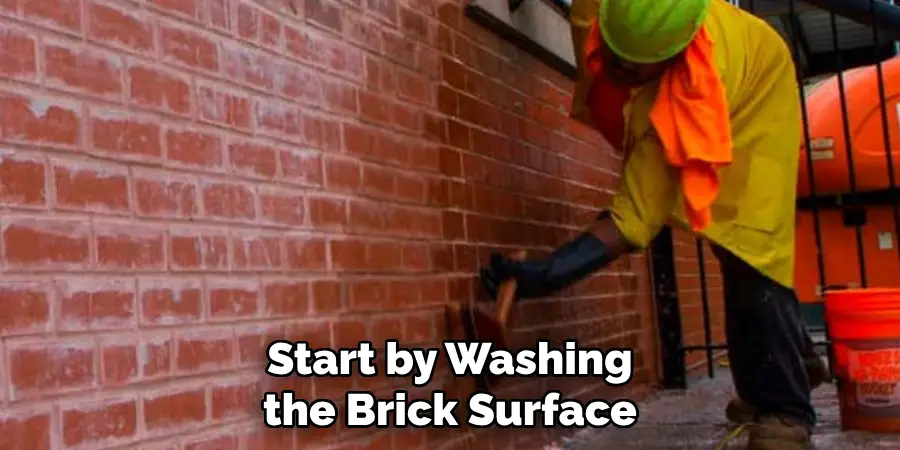
To apply wax to brick walls, start by washing the brick surface with warm water and soap. Then, apply a thin coat of the wax using a clean, dry cloth and allow it to dry. If necessary, apply a second coat of wax for extra protection. Make sure that all the nooks and crannies are covered before the wax dries.
Conclusion
By waterproofing your brick wall, you will ensure its longevity and protect it from the elements. Waterproofing is a relatively easy process that can be done over a weekend. You will need to purchase some supplies, including masonry sealer, brush or roller, rags, and gloves. Once you have gathered your supplies, follow the instructions on the Masonry Sealer carefully.
Doing so will not only extend the life of your wall but also save you money in repairs down the line. Thanks for reading our blog post on how to waterproof brick wall! We hope you found it helpful and informative. Happy waterproofing!
You Can Check It Out to Disguise a Garage Wall
I am Rick. I grew up helping my dad with his handyman service. I learned a lot from him about how to fix things, and also about how to work hard and take care of business. These days, I’m still into fixing things- only now, I’m doing it for a living.
I’m always looking for new ways to help people grow and develop. That’s why I have created this blog to share all my experience and knowledge so
that I can help people who are interested in DIY repair.

